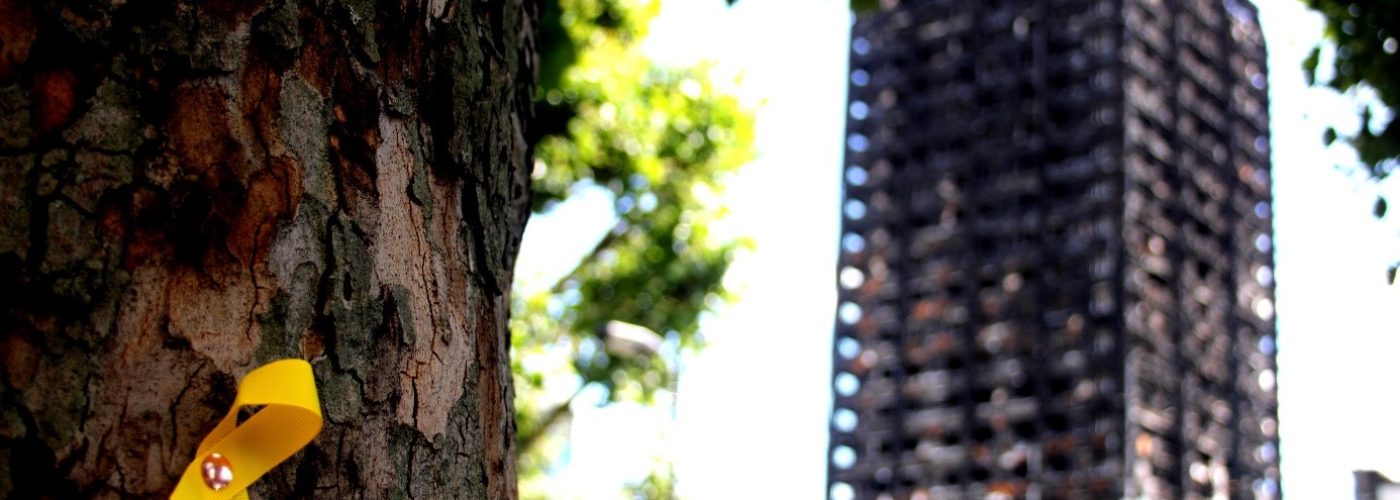The Fire Safety Bill clarifies where responsibility for fire safety lies in multi-occupied buildings in England and Wales and is set to receive Royal Assent today, 29 April.
The Bill has gone through many rounds of votes as the House of Lords and some MPs tabled amendments in attempts to try and ensure leaseholders would not have to pay for required safety works. As the Bill becomes law it is important that agents understand the implications for building owners and residents with regards to any additional checks and costs.
What it means
The Fire Safety Bill amends the Fire Safety Order 2005, and along with the draft Building Safety Bill, is part of a collection of new legislation that aims to tackle the recommendations within the Grenfell Tower Inquiry.
The Fire Safety Order 2005 brings together different pieces of fire legislation and designates those in control of premises as the responsible person for fire safety and managing risks.
The Bill clarifies that for any building containing two or more sets of domestic premises the Order applies to the building’s structure and external walls and any common parts, including the front doors of residential areas.
It also clarifies that references to external walls in the Order include “doors or windows in those walls” and “anything attached to the exterior of those walls (including balconies).”
This now means that building owners or managers in multi-occupied residential buildings must include an assessment of risk related to fire and take precautions to reduce the risk of fire spreading in respect of these parts of the relevant premises. As a result, Fire and Rescue Authorities have the relevant enforcement powers to hold owners or managers to account.

Following the disaster of the 2017 Grenfell fire, it is promising news that the Fire Safety Bill will finally receive Royal Assent today. It’s a significant step to ensuring that everyone feels safe in their own homes. The Bill will clarify who is responsible for fire safety in multi-occupied buildings. There will now likely be a more joined-up approach between owners and authorities, providing greater enforcement to prevent any further tragedy. Agents must now ensure they understand the implications put onto owners and residents with regards to any additional checks and costs.
Mark Hayward – Propertymark Chief Policy Advisor
Propertymark campaigning
In September last year, Propertymark provided written evidence to the Housing Committee’s pre-legislative scrutiny of the Draft Building Safety Bill highlighting a number of concerns. These include the recruitment, training, and the role of Accountable Persons and Building Safety Managers as well as gaps between the new Building Safety regime and legacy stock.
We also highlighted the impact on material information and the remediation of any unsafe cladding because there is a huge lack of awareness amongst letting agents and estate agents who buy, sell, and rent property that falls within the scope of the new regulatory regime.
To this end, we are working with other professional bodies in the sector and the National Trading Standards Estate and Letting Agency Team to update guidance relating to the Consumer Protection Regulations and ensure agents provide the correct information to consumers.





